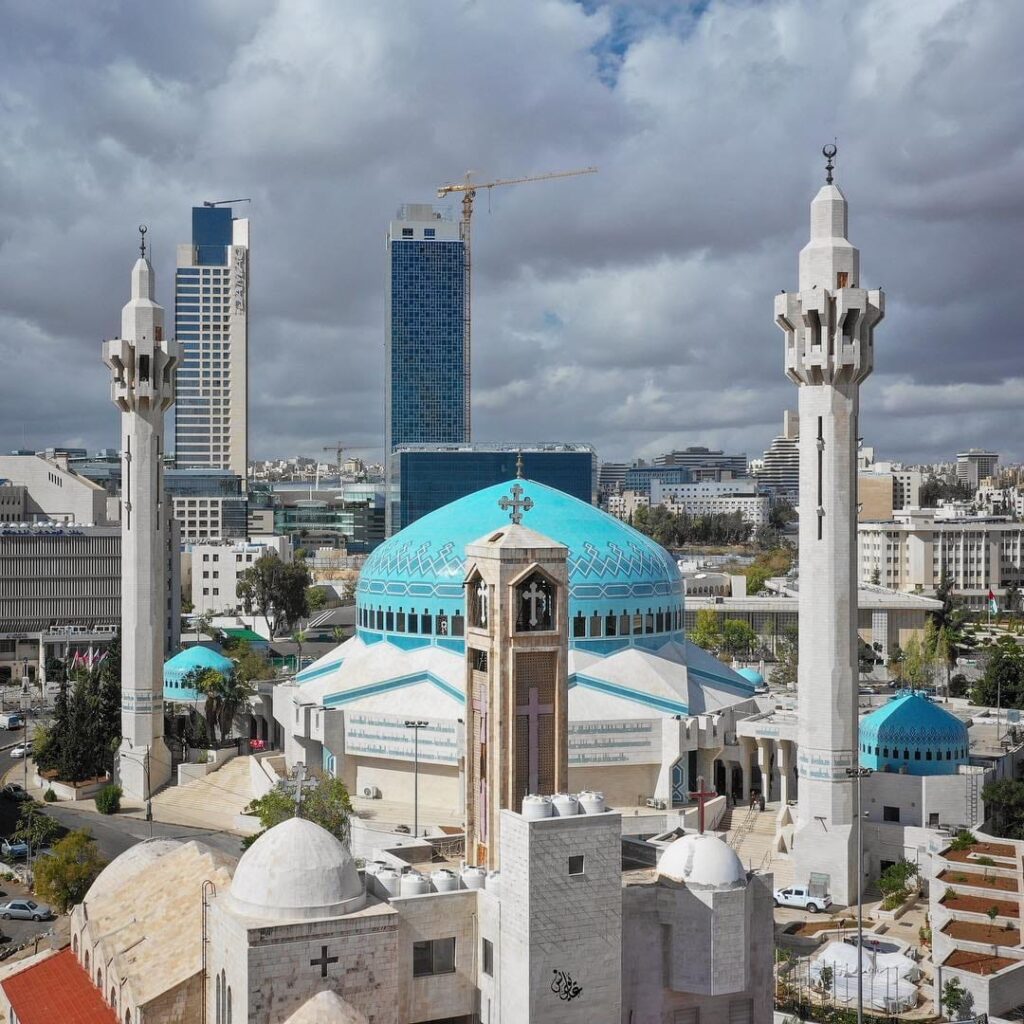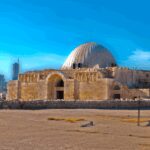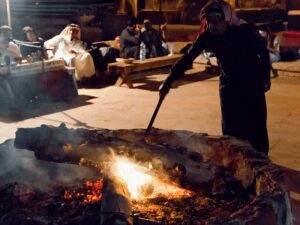Amman is a governorate in Jordan and has the largest population, with about 5 million people. It is the third-largest city in Jordan after Ma’an and Mafraq. Even though it is in third place, Amman is full of tall buildings and is one of the 12 main cities in Jordan.
What Makes Amman Special?
All government offices, embassies, the parliament, and the prime minister’s office are in Amman. Because of this, the city is often busy with cars. Many employees from other cities work in Amman, so at 7:00 AM, the streets are crowded. Sometimes, it can take one hour to travel just 5 kilometers!
Old and New Amman
Amman is more than 7,000 years old. It has an old part and a new part:
- Old Amman (like Downtown) has traditional Jordanian buildings, small streets, and local markets. Many tourists and locals love to walk around and explore its history.
- New Amman (like Abdoun) has luxury shops, modern buildings, hotels, and large malls. The city is very crowded, especially during rush hours.
Top Attractions in Amman
If you visit Amman, don’t miss these places:

- The Roman Theater – An ancient amphitheater from Roman times.

- The Citadel (Jabal Al-Qala’a) – A historic site with ruins and a great view of the city.
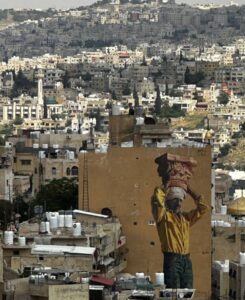
- Downtown (Wasat Al-Balad) – The heart of old Amman with markets and restaurants.
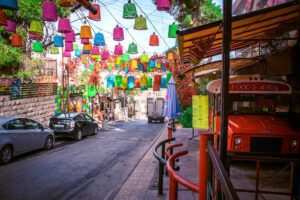
- Rainbow Street – A famous street with cafés and shops, perfect for a walk.
See Also

